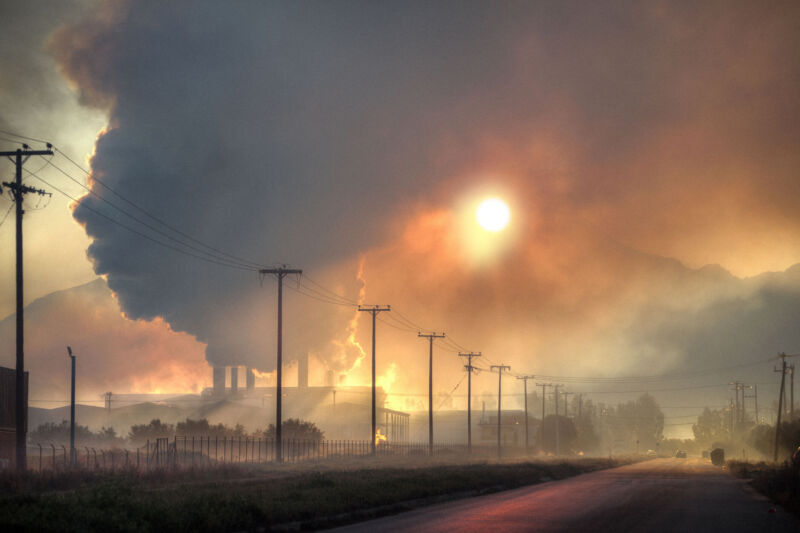
During the past year, the needles on the climate dashboard for global ice melt, heatwaves, ocean temperatures, coral die-offs, floods, and droughts all tilted far into the red warning zone. In summer and fall, monthly global temperature anomalies spiked beyond most projections, helping to drive those extremes, and they may not level off any time soon, said James Hansen, lead author of a study published Thursday in the journal Oxford Open Climate Change that projects a big jump in the rate of warming in the next few decades.
But the research was controversial even before it was published, and it may widen the rifts in the climate science community and in the broader public conversation about the severity and imminence of climate impacts, with Hansen criticizing the United Nations Intergovernmental Panel on Climate Change for underestimating future warming, while other researchers, including IPCC authors, lambasted the new study.
The research suggests that an ongoing reduction of sulfuric air pollution particles called aerosols could send the global average annual temperature soaring beyond the targets of the Paris climate agreement much sooner than expected, which would sharply increase the challenges faced by countries working to limit harmful climate change under international agreements on an already treacherous geopolitical stage.
Differences about climate science projections is not the main problem, said Jeffery Sachs, director of the Columbia University Earth Institute, who moderated a panel presentation by the authors of the new study.
“We’re in a grim situation,” he said. “And it’s even grimmer that the politicians have failed their responsibility to the world now for quite a long time. We have a massive political failure. Our politicians like wars. They don’t want to save the planet, in the right way.”
Hansen and the international co-authors also reanalyzed paleoclimate records going back several thousand years and found that the planet’s most important ocean heat transport currents could slow or shut down this century because they are more sensitive to increasing freshwater from melting ice than shown by widely used climate models, including those used as the basis for scientific projections by the Intergovernmental Panel on Climate Change, which has also been criticized by other scientists, including some who are authors with the IPCC, for downplaying climate risks.
The findings suggest that the same widely used models and projections also downplay how fast vast global ice sheets could melt and speed sea level rise to a rate that would be difficult to adapt to, the authors of the new paper said.
Combining the paleoclimate data with modeling and detailed observations from the last few decades, the team concluded that the world is in for a wild ride of climate impacts, including possible superstorms that could toss house-sized boulders to the top of seaside cliffs, radical changes to global rainfall patterns that would affect agriculture in densely populated regions, and possibly several meters of sea level rise by 2100, as compared to the IPCC-projected range of .29 to 1.1 meters.
“Look at what we are seeing the last few months at the current level of warming,” said co-author Leon Simons, a researcher with the Club of Rome, in the Netherlands. “We see the impacts happening now. The forest fires in Canada are a very concrete example, emitting almost 2 billion tons of CO2 and bringing smoke to Europe. That’s just one example. There will be much more of that in the next few years.”
https://arstechnica.com/?p=1980933

